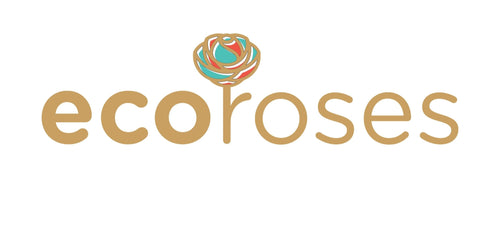When most people think of money, coins, or paper bills come to mind. But throughout history, societies have valued far more than metals and printed notes. From shells to spices, many items once served as forms of exchange-and among them, surprisingly, are flowers.
Flowers, with their rarity, symbolism, and cultural importance, have played roles in trade and currency systems in ways that may surprise us. They were prized not only for their beauty but also for their medicinal properties, spiritual significance, and economic scarcity. Let’s take a journey through time to discover how flowers functioned as a form of currency and what that tells us about human civilization.
And if you’d like to bring the timeless value of blooms into your life today, explore curated flowers and bouquets that carry just as much meaning and beauty as they did centuries ago.
🌺 The Value of Flowers in Ancient Societies
In ancient cultures, flowers weren’t just decorative-they symbolized wealth, fertility, and spiritual power. Because they were often seasonal and perishable, their value came from scarcity and demand.
-
Offerings and Trade: In Egypt, garlands of lotus and papyrus were offered to gods and traded among elites.
-
Medicinal Blooms: Cultures valued flowers like chamomile or saffron as both remedies and forms of barter.
-
Status Symbols: Possessing rare flowers often indicated wealth and power, much like owning jewels.
🌼 Saffron: The World’s Most Expensive Flower
Perhaps the clearest example of a flower-as-currency is saffron, derived from the crocus flower.
-
Used in Ancient Persia, India, and Rome, saffron was worth more than gold by weight at times.
-
It served as dye, medicine, food seasoning, and even perfume.
-
Merchants and rulers exchanged saffron threads as tribute or tax.
Even today, saffron remains one of the world’s most expensive commodities-proof of its lasting legacy as floral currency.
🌸 Tulip Mania in the Dutch Golden Age
In 17th-century Holland, tulips became so prized that they sparked one of history’s first economic bubbles.
-
Rare tulip bulbs, especially striped or “broken” varieties, were traded like precious assets.
-
At the height of Tulip Mania (1636–1637), some bulbs were worth more than entire houses.
-
Contracts for bulbs were exchanged as financial instruments, making tulips functionally a currency.
When the bubble burst, many fortunes were lost-but tulips remain a symbol of how flowers once fueled an entire economy.
🌻 Flowers in Ritual Tribute and Tax
In some cultures, flowers functioned as a form of tribute or tax payment, essentially acting like currency.
-
Aztecs and Marigolds: Marigolds were offered as tributes to gods and rulers, symbolizing wealth and devotion.
-
Hawaiian Leis: While not “currency” in the strict sense, leis made of flowers were exchanged as gifts of honor, carrying deep cultural value.
-
Buddhist and Hindu Temples: Pilgrims often offered flowers as payments for blessings or services.
🌹 Roses in Medieval and Renaissance Europe
Roses carried not just symbolic value but also economic weight.
-
In medieval England, roses were used as tokens of loyalty and exchange among nobles.
-
During the Wars of the Roses, the flower became a political currency-white roses for York, red for Lancaster.
-
Rosewater, distilled from petals, became a traded commodity in the Middle East and Europe.
🌺 Orchids and Exotic Blooms as Prestige Currency
In the 18th and 19th centuries, orchids became coveted collectibles among European elites.
-
Rare orchids were hunted, traded, and auctioned for exorbitant prices.
-
Possessing exotic orchids was akin to owning currency-proof of wealth and global influence.
-
The “Orchid Fever” mirrored Tulip Mania, showing how blooms could disrupt markets.
🌸 Flowers in Modern Symbolic Economy
While we no longer trade flowers for houses, they still act as a form of symbolic currency today.
-
Weddings: Bouquets and arrangements symbolize wealth and are integral to marriage traditions.
-
Valentine’s Day: Billions are spent on roses-turning flowers into a global economic force.
-
Cultural Festivals: Blooms like chrysanthemums in Asia or marigolds in Mexico act as offerings, blending economy and spirituality.
🌿 The Legacy of Flowers as Currency
Flowers remind us that value is not always tied to durability. Unlike gold, flowers fade-but their scarcity, beauty, and symbolism gave them economic power throughout history.
Today, while we don’t use flowers to pay debts, we still assign them immense worth. From saffron threads worth hundreds per ounce to roses traded on Valentine’s Day, flowers continue to prove they are treasures in human culture.
🌸 Final Thoughts
The story of flowers as currency is the story of human values. We chose blooms not just for their practical uses but for their ability to symbolize love, wealth, and spiritual connection. From saffron to tulips, roses to orchids, flowers remind us that beauty itself can be a form of wealth.
And while we may not use them as literal money today, flowers remain priceless gifts. Celebrate their enduring legacy by exploring flowers and bouquets that capture the spirit of history’s most treasured blooms.


